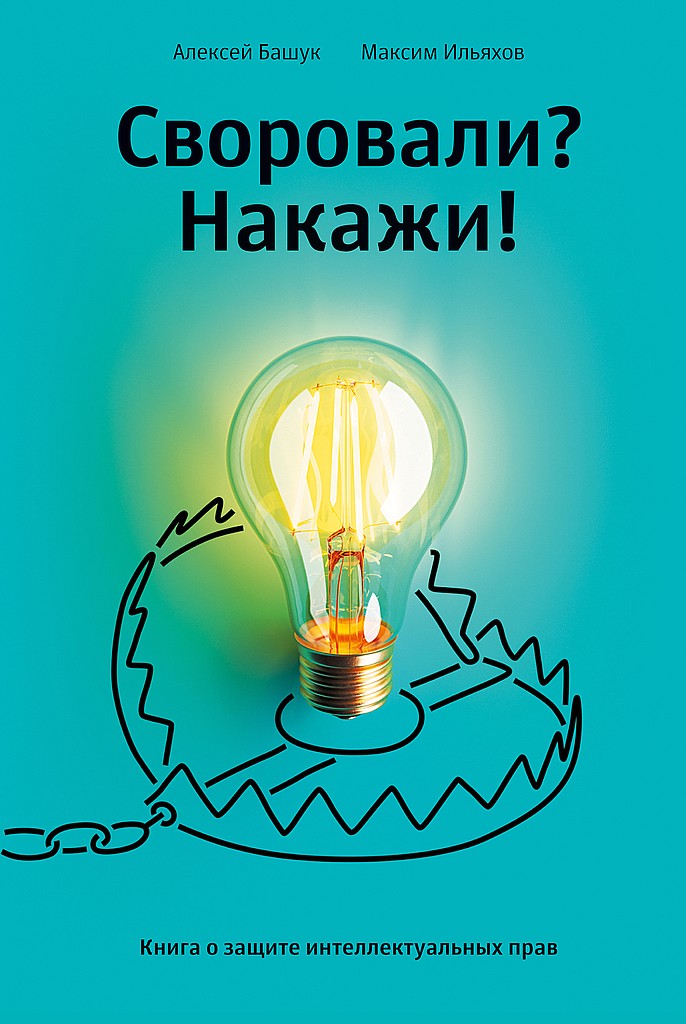Шрифт:
Закладка:
Где найти талантливых сотрудников? И как помочь каждому раскрыть потенциал? Известный экономист Тайлер Коуэн и предприниматель Дэниел Гросс изучили искусство и науку поиска людей, обладающих творческим потенциалом, энтузиазмом и проницательностью. Коуэн и Гросс знакомят читателя с основными областями научных исследований, имеющими отношение к поиску талантов. В том числе с тем, как проводить собеседование, насколько важен интеллект, как оценивать личность и сопоставлять личностные качества с работой, как оценивать талант в онлайн-взаимодействиях, таких как Zoom-звонки, почему талантливых женщин по-прежнему недооценивают и как их обнаружить, как понять особые таланты у людей с ограниченными возможностями или предполагаемыми недостатками и как скауты могут помочь в поиске талантов. Вы научитесь задавать правильные вопросы, лучше проводить собеседования, создавать доверительную обстановку, читать язык тела и видеть реальность между строк звонкого резюме. Эта книга поможет найти талантливых и трудолюбивых сотрудников и вывести компанию на новый уровень. А также оценить себя – то, какие свои качества нужно развивать, чтобы стать более ценным специалистом.
Для кого эта книга Для руководителей и HR-менеджеров, которые хотят находить правильных людей. Для всех, кто хочет понять, какие свои качества нужно развивать, чтобы стать более ценным специалистом.





